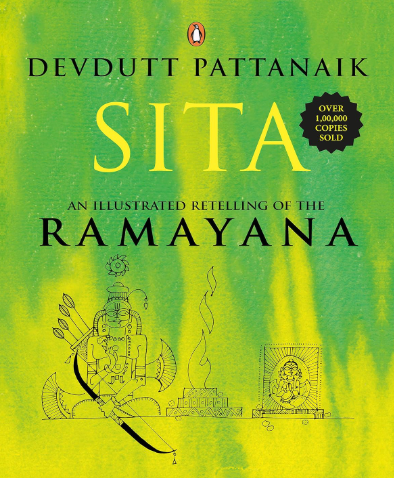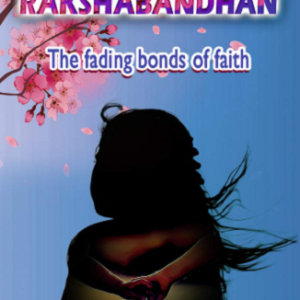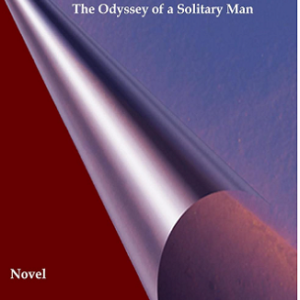Devdutt Pattanaik’s Sita: An Illustrated Retelling of the Ramayana is a nuanced and enriching exploration of one of India’s most celebrated epics. With his characteristic blend of scholarship and storytelling, Pattanaik brings a fresh perspective to the age-old tale, focusing on the central figure of Sita while providing broader insights into the cultural, spiritual, and philosophical dimensions of the Ramayana.
One of the most compelling aspects of the book is its treatment of Sita. Far from being a passive figure, Sita is presented as a symbol of strength, resilience, and wisdom. Pattanaik delves into her actions, choices, and trials with empathy, giving her agency and depth often overlooked in traditional retellings. This reimagining transforms her into a relatable and inspiring character, making readers question the conventional patriarchal interpretations of her role.
Pattanaik’s style is inclusive, blending multiple versions of the Ramayana—from Valmiki’s classic text to regional and folk variations. This approach highlights the diversity and adaptability of Indian mythology, encouraging readers to embrace the multiplicity of narratives rather than seeking a single definitive version. The inclusion of alternate viewpoints adds richness to the story, making it more accessible and thought-provoking.
The book is enhanced by its illustrations, which add a visual dimension to the storytelling. These simple yet evocative drawings complement the narrative, creating a bridge between the ancient and modern. Pattanaik’s commentary throughout the book provides historical, cultural, and spiritual context, making the epic relevant to contemporary readers. His reflections on dharma, power dynamics, and the human condition resonate deeply.
Pattanaik’s writing style is conversational and engaging, striking a balance between scholarly depth and readability. The book does not demand prior familiarity with the Ramayana, making it suitable for both seasoned readers of Indian mythology and newcomers alike.
While the book is insightful, some readers might feel that Pattanaik’s interpretive liberties occasionally overshadow the core narrative. His tendency to emphasize symbolism over storytelling may not appeal to purists who prefer a more traditional retelling. Additionally, the analytical tone might detract from the emotional impact for some readers.
Conclusion – Sita: An Illustrated Retelling of the Ramayana is a must-read for anyone interested in Indian mythology, feminist perspectives, or reinterpretations of classic epics. Devdutt Pattanaik’s skillful storytelling and thought-provoking insights make this book a meaningful addition to the genre. By reimagining Sita’s journey, Pattanaik challenges us to rethink the roles of tradition, gender, and power in timeless tales.







